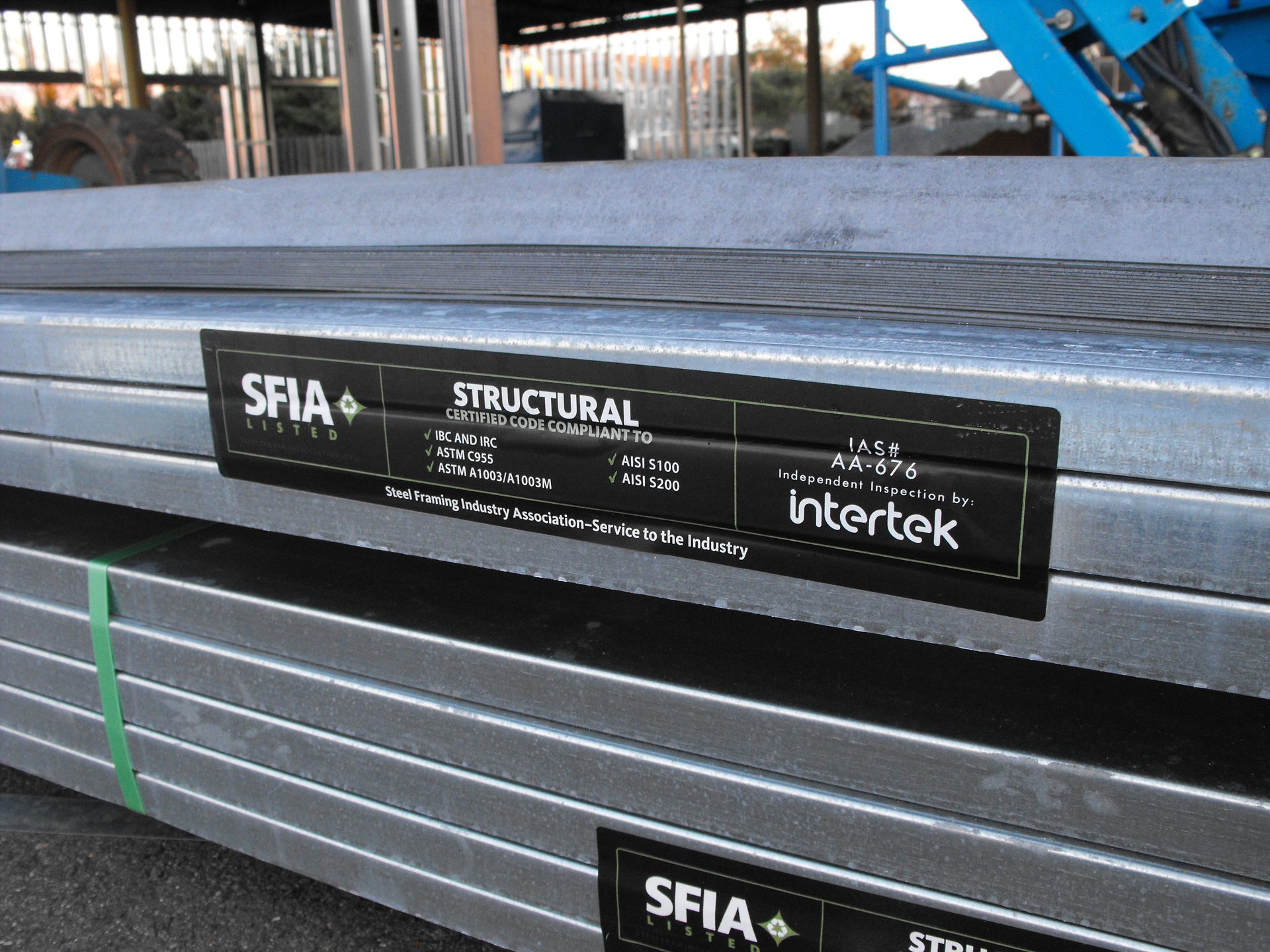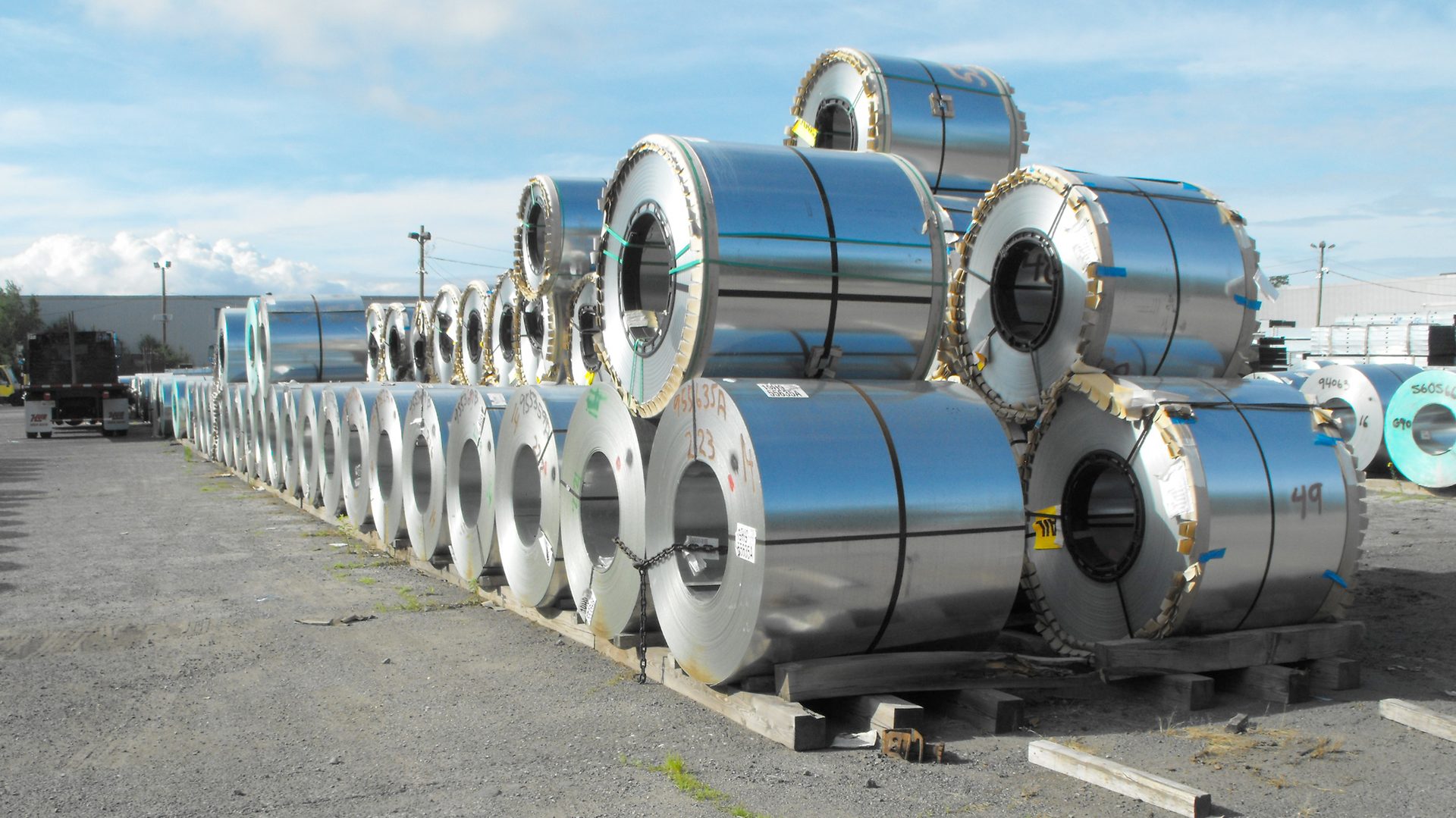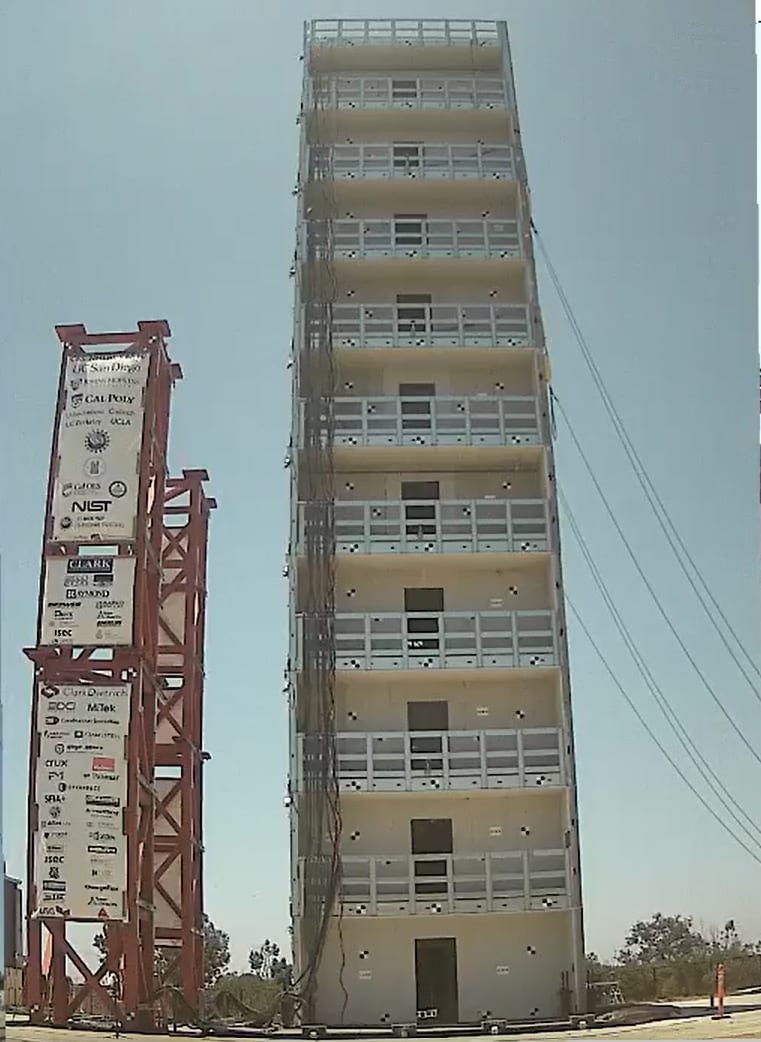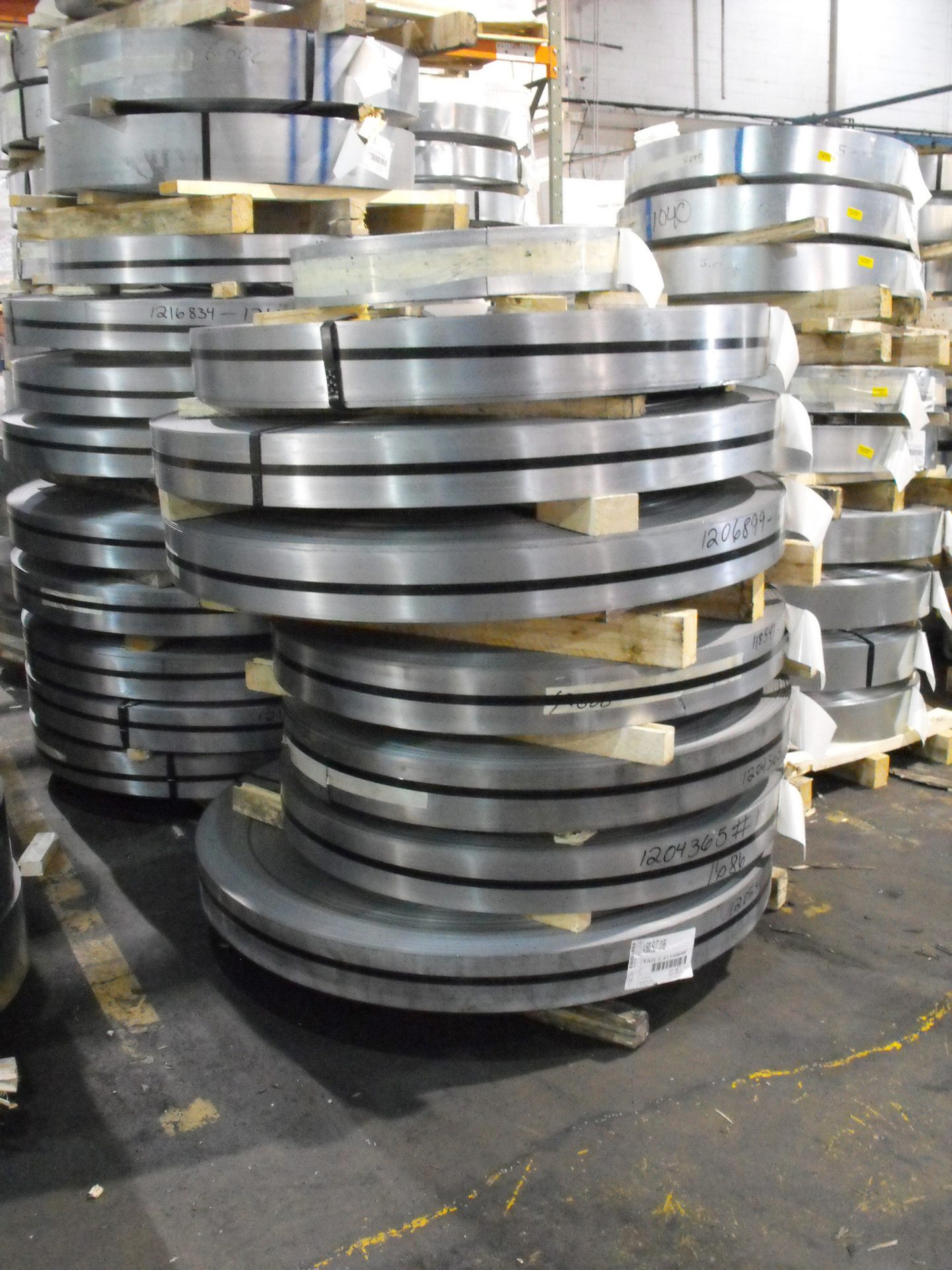Steel Framing Holds Firm Amid Price Pressures and Market Uncertainty
Despite rising material costs and economic headwinds, the steel framing industry remains resilient with innovation, new capacity, and housing demand driving cautious optimism.
Don Allen
STEEL DEAL
On a recent Saturday, I called a friend, a cold-formed steel (CFS) distributor and consultant in Los Angeles, who was working through the weekend to get orders in before his framing manufacturer increased prices. I asked him about his backlog and whether this price hike might lead to project cancellations. He didn’t think so. His clients, he explained, could absorb the higher costs, with steel framing representing only a small fraction of total project expenses.
It’s a conversation happening across the country: steel manufacturers, suppliers, distributors, and contractors are all feeling the impact of rising material costs and weighing how much they can reasonably pass along to their customers. In some cases, like my friend in Los Angeles, most of those costs can be absorbed. But in other regions and project types, the picture is less stable.
Members of the Steel Framing Industry Association report that work continues on large projects like data centers, where owners are better positioned to handle increased costs. But on smaller developments (including multi-family residential, hotels, and dormitories—delays and cancellations are becoming more common.
Pull quote needed in this spot right here. Right here is where the Pull Quote goes. Pull quote needed in this spot right here.

A New Jersey office designed by Gensler, featuring a NanaWall HSW60 single-track system | Photography by Garrett Rowland Photography

The office of an Omaha financial institution designed by Alley Poyner Macchietto Architecture, featuring a Generation 4 acoustical, folding glass wall system.
A Mixed Market: Steady Volumes, Lingering Caution
Despite these challenges, the steel industry overall is holding up well. Projections for the remainder of the year suggest flat volumes; not ideal, but still a positive sign given the backdrop of higher material prices.
The key question is whether demand will be strong enough to support modest growth at elevated price levels. Persistent high interest rates, ongoing conflicts in the Middle East, and uncertainty around tariffs have made some owners hesitant to green-light new projects. Others have already pulled the plug on developments that had been in the pipeline for months.
Still, there are reasons for optimism. Developers are increasingly recognizing the advantages of offsite construction, meticulous planning, and the reduced waste and efficiencies that come with steel framing. With the ongoing housing shortage in cities across North America, the pressure to build remains high.
In June, for example, Matthew Comber of Industrialized Construction Solutions Inc. completed framing on a seven-story load-bearing CFS apartment project in Tucson. The project had previously been on hold, as the owners struggled to make the numbers work with other building materials. ICS is now working on a similar multi-building residential development in Flagstaff, with framing expected to finish next month.

A New Jersey office designed by Gensler, featuring a NanaWall HSW60 single-track system | Photography by Garrett Rowland Photography

The office of an Omaha financial institution designed by Alley Poyner Macchietto Architecture, featuring a Generation 4 acoustical, folding glass wall system.
Tariffs, Trade and the Shifting Policy Landscape
In early June, I spent two days at the AISI annual meeting in Washington, D.C. AISI represents many of the major steel producers serving sectors like automotive and construction.
The mood was upbeat following President Trump’s announcement that tariffs on imported steel and aluminum would rise from 25 to 50 percent, a move that most attendees welcomed. While there was broad support for current federal policies, not everyone was entirely comfortable with the approach. Senator Elissa Slotkin, a Democrat from Michigan, summed up the concern well when she said, “I’m not anti-tariff, I’m just not pro-chaos.”
Looking ahead, I expect markets to gradually adjust to these new conditions, with builder confidence returning, provided global conflicts don’t escalate to the point of affecting the U.S. economy. There’s significant pent-up demand for construction, with many projects paused, waiting for more favorable interest rates.
Innovation and Sustainability Keep Steel Competitive
One persistent challenge facing construction (the tight labor market) shows no signs of easing. However, steel’s compatibility with modular and prefabricated construction provides a solution. By shifting work into factories, builders can reduce the need for skilled on-site labor, minimize weather delays, and improve oversight.
Encouragingly, research and innovation continue to advance steel construction. At the University of California, San Diego, tests are underway on a 10-story, all-steel structure built primarily with load-bearing, pre-panelized, and modular CFS components. The building is being subjected to simulated earthquakes and, later, controlled burns to assess its performance under extreme conditions. Despite threats of federal funding cuts, this research continues thanks to strong support from industry partners. The SFIA is proud to back these efforts, which will support future code changes enabling taller steel structures and expanded use of noncombustible construction in high-risk areas.
What does all this mean for the steel framing industry? While there is upward price pressure, it’s far from the extremes seen in imported steel markets. Fortunately, most steel framing is sourced domestically, and coil manufacturers are investing in additional capacity. North America is poised to add nearly five million tons of steel production over the next five years, much of it powered by electric arc furnaces (EAFs) that rely on domestic steel scrap. This expansion will ease supply constraints and reduce the industry’s carbon footprint—more than 70 percent of domestically produced steel already comes from EAFs, and that number is set to grow.
So, while my friend in Los Angeles may be working more weekends and repricing some jobs, the broader outlook for steel framing construction remains positive.
Opening Background Image Credit: PDLDesign / iStock / Getty Images Plus via Getty Images.
Remaining Images Credit: SFIA
Don Allen is executive director of the Steel Framing Industry Association. He can be reached at allen@steelframing.org.
